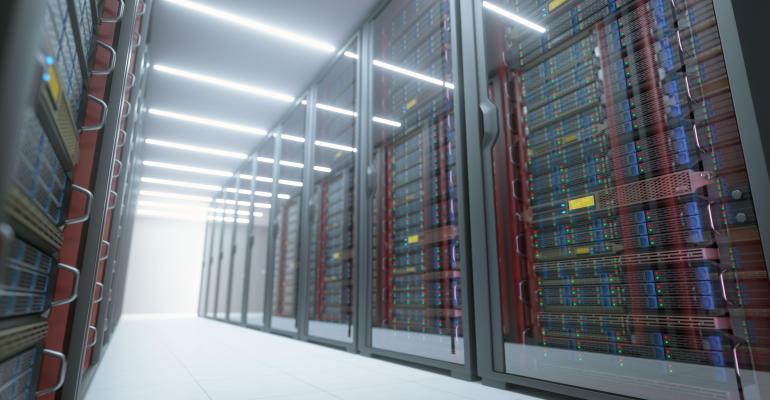You've invested in a world-class data center, and you're hopeful that it will never fail.
But the reality is that even the best-managed data centers can and do go down, often for reasons that are very difficult to anticipate. In fact, the total rate of data center outages is increasing, despite continuously advancing reliability technologies and techniques.
That's why, no matter how good your data center is, it's critical to have a backup and recovery strategy in place. That strategy should address not just the IT infrastructure inside the data center, but all components of the facility that may need to be restored or replaced following an outage.
Here's what to consider when planning for data center backup and recovery.
Think comprehensively about data center recovery planning
When a data center fails, it's often not just IT equipment, like servers and switches, that is impacted. Critical operational systems, such as cooling systems and physical access control panels, may also be disrupted if you suffer an event like a fire or flood. In some cases, even cyberattacks could disable operational systems, if those systems are governed by digital controls that attackers compromise.
For that reason, it's important to include all assets in your data center backup and recovery plans. Make sure, for instance, that you have playbooks in place to recover HVAC and power systems in addition to restoring servers. Restoring just your servers is not very useful if you lack the systems necessary to run those servers.
Consider off-site backups
In worst-case scenarios, a data center outage might lead to the entire destruction of a facility. If that happens, any on-site backup data or infrastructure won't help you restore operations.
It's therefore wise to consider standing up some backup resources at a different site. You could use an alternate data center for this purpose, if you have one, or you could create a backup environment in a public cloud, to which you could move critical services in the event that your data center goes down.
Don't underestimate recovery
Backing up data in the easy part of backup and recovery planning. What tends to be much harder is recovering infrastructure and data quickly.
This is especially true in situations where you suffer only a partial outage and you're not immediately sure exactly which systems need to be restored. Likewise, you may detect a cyberattack but be unsure when it started, which means you won't know which backups you should restore from because it's unclear whether some backups may contain the vulnerabilities that enabled the exploit. It's also often unclear which systems you should recover first in order to reduce the overall impact of an outage on the business.
For all of these reasons, it's critical to put just as much effort into recovery planning as you do into creating backups. At a minimum, establish playbooks that define how to recover critical systems from your backups. You may also consider using AI-driven recovery tools, which can quickly assess systems following a failure to determine exactly what needs to be recovered and how best to perform the recovery.
Perform backup and recovery testing
Don't just create playbooks and trust that they'll work as you intended. Instead, perform regular backup and recover tests in which you practice executing recovery plans based on actual backups. Your tests should also include the deployment of any automated tools you plan to use for recovery operations.
Testing helps ensure that you identify gaps or inefficiencies in recovery plans before you're in the midst of responding to a data center outage.
Getting the most from data center backups
It can be tempting to perform basic backups of the IT infrastructure inside your data center and call it a day.
But in reality, an effective data center backup and recovery plan requires more than just having some type of backup in place. You must also ensure that you can restore the physical systems that allow your data center to operate, and that total data center destruction won't leave your business dead in the water. Recovery operations, too, require careful planning and testing to ensure you can actually achieve the recovery goals you need to meet.





